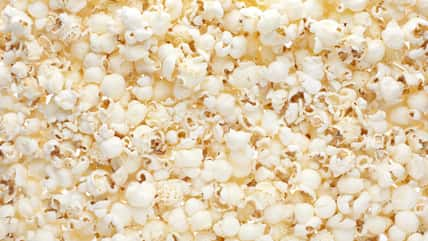Archaeologists In Germany Recently Unearthed A Stone Age Charred Cooking Pot, Which May Be The First-Ever Documented Attempt At Cooking Porridge

When you imagine prehistoric people sharing a meal, you might envision them munching on various leaves and grasses or tearing into chunks of raw meat.
However, their diets and cooking practices were actually more complex than that. It turns out they took the time to prepare food and add seasonings with plants that had distinct flavors, just like we do.
Cooking requires a lot of trial and error, so you might accidentally end up with food that is scorched and charred.
If that happens, there’s no need to fret. Just know you’re not alone because a new study has shown that people have been burning their food for thousands of years.
In Germany, the remains of a charred cooking pot were unearthed by archaeologists within a trash heap of mixed pottery shards at a Neolithic settlement called Oldenburg LA 7. The site is considered one of the oldest villages in Germany.
The researchers ran some chemical tests on the residue still encrusted on pieces of the pot. The analysis revealed that there were remnants of different cereal grains, such as emmer wheat and barley, indicating that someone had tried to make a porridge. They also found traces of white goosefoot, a plant known for its starchy seeds.
“One pottery shard that was once a part of a plain, thick-walled pot contained the remains of white goosefoot seeds, which are related to quinoa and rich in protein,” said an archaeobotanist named Lucy Kubiak-Martens.
“There was also emmer, which, when sprouted, has a sweet flavor. It looked like someone had mixed cereal grains with the protein-rich seeds and cooked it with water. It wasn’t incidental; it was a choice.”
The recently discovered broken pot may be the first-ever documented attempt at cooking porridge in history. It is unclear if the pot was broken naturally over time or if the person purposefully broke it.

Comofoto – stock.adobe.com – illustrative purposes only
One of the other shards of pottery contained residue from animal fat, most likely milk. The milk had seeped into the clay, but it didn’t seem like any grains had been mixed with the liquid. So, milk had probably not been part of the porridge.
“The sprouted grains also tell us when they harvested them, which would have been when they sprouted sometime in the late summer,” said Kubiak-Martens.
“Back then, they couldn’t put grains on a shelf and store them for later use like we do today. They had to use what they harvested immediately.”
In the past, evidence of cooking with ancient grains and seeds during the Stone Age has been uncovered, but this particular finding marks the first time that burnt food residue in a ceramic cooking vessel has been detected in Neolithic Germany.
Overall, the charred grain offers a glimpse into how people prepared their daily meals as far back as 5,000 years ago.
Sign up for Chip Chick’s newsletter and get stories like this delivered to your inbox.
More About:News





